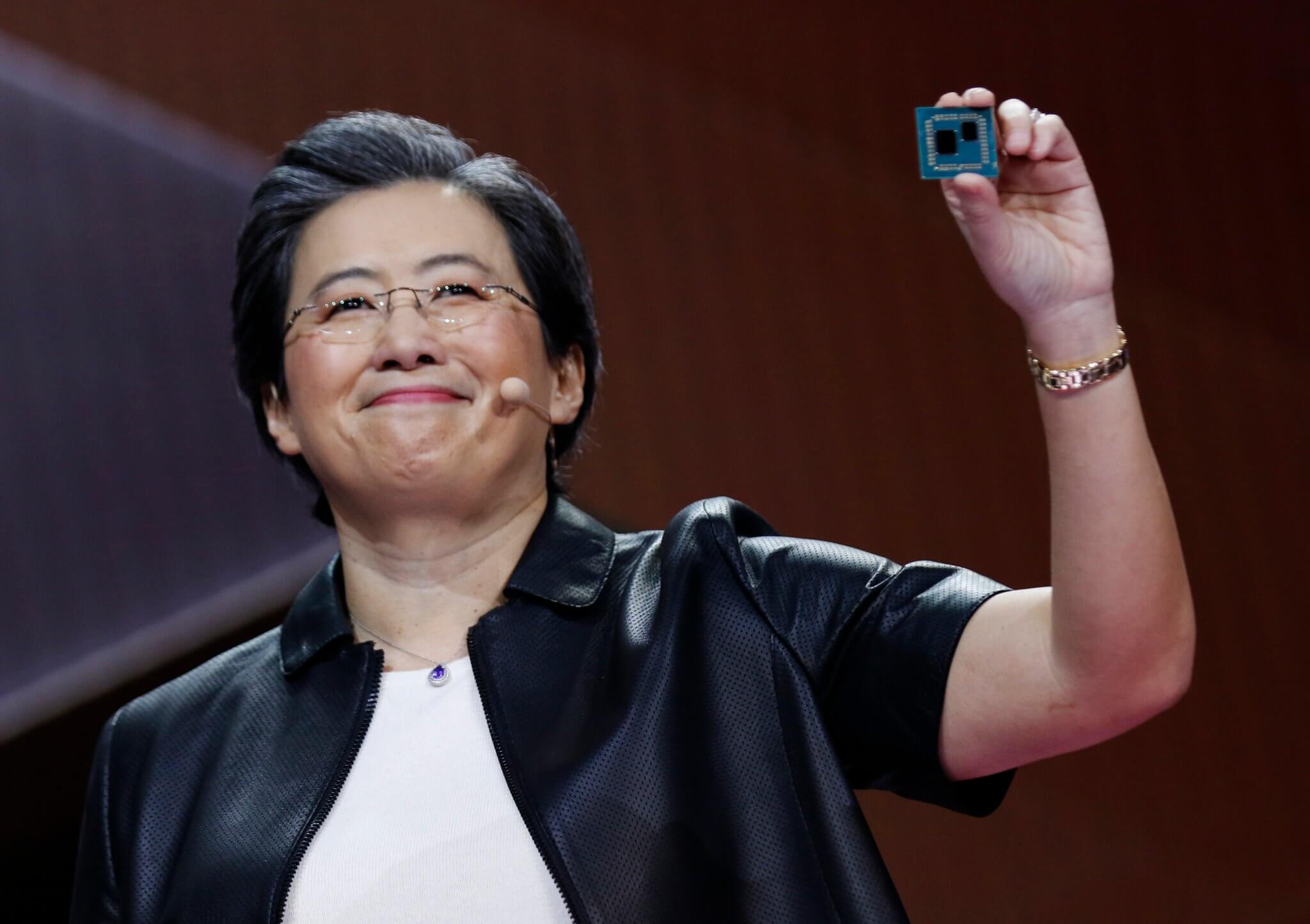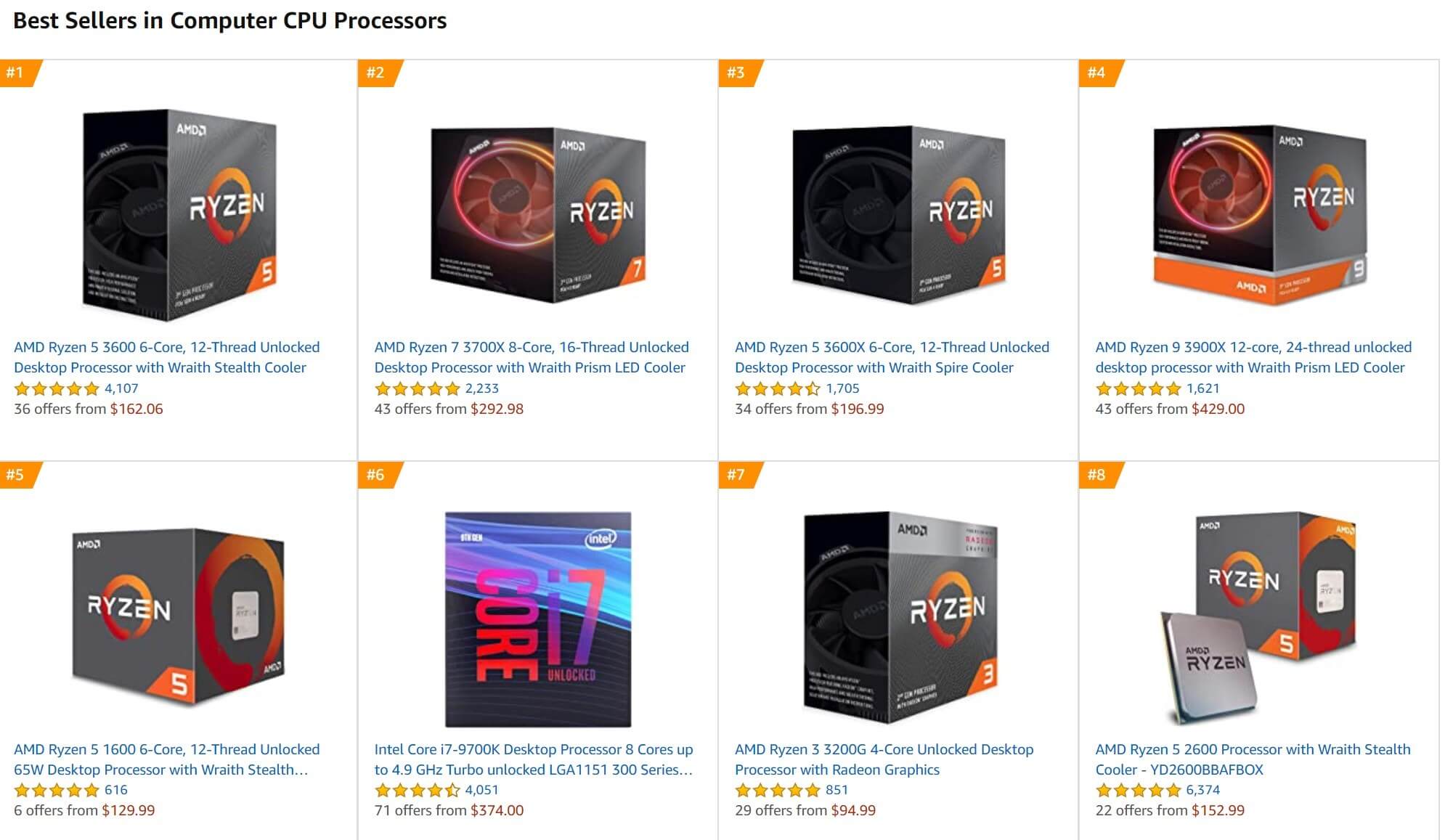Why it matters: It's no secret that since the launch of its Ryzen processors, AMD has been clawing CPU market share away from leader Intel. In its latest financial report, CEO Dr. Lisa Su revealed this has been happening for ten quarters in a row, or 30 months, and the company now has "more than 50 percent of premium processor sales at many top global etailers."
Last year brought several indicators that AMD was taking the fight to Intel in the desktop CPU space, having seen its market share increase every quarter since Q2 2017. Illustrating the popularity of team red's processors was a survey showing they were preferred by 60 percent of Europeans. There is also the fact that Amazon's ten best-selling CPUs in the US consist of eight AMD products.
AMD posted a record Q1 2020 revenue of $1.79 billion. While that's up 40 percent compared to the same period last year, it's down 16 percent from the previous quarter. Su cited Covid-19 factors, including reduced supply chains and closed retail stores in China for the QoQ downturn.
"PC demand in the rest of the world was strong, offsetting the softness in China," said Su. "Client processor revenue grew significantly year-over-year as strong Ryzen processor demand resulted in significant double-digit percentage increases in unit shipments and ASP. As a result, we believe we gained client unit market share for the tenth straight quarter."
Su added that demand for Ryzen 3000 and the previous-generation Ryzen 2000 chips were strong, with both CPU lines making up more than 50 percent of sales at many top online retailers.
AMD is also making strides in the laptop segment, where Ryzen Mobile 4000 is helping it to "strong double-digit percentage year-over-year."
With the global pandemic causing many product delays, there was concern the disruption could affect the launch of Zen 3 and RDNA 2 GPUs, but Su says these are still on track.
Looking forward, AMD says it expects weaker consumer demand in the second half of 2020, but still projects yearly revenue growth of 25 percent.
In other AMD news, an internal roadmap from the company has shown DDR5 and native USB 4.0 support arriving in 2022.


